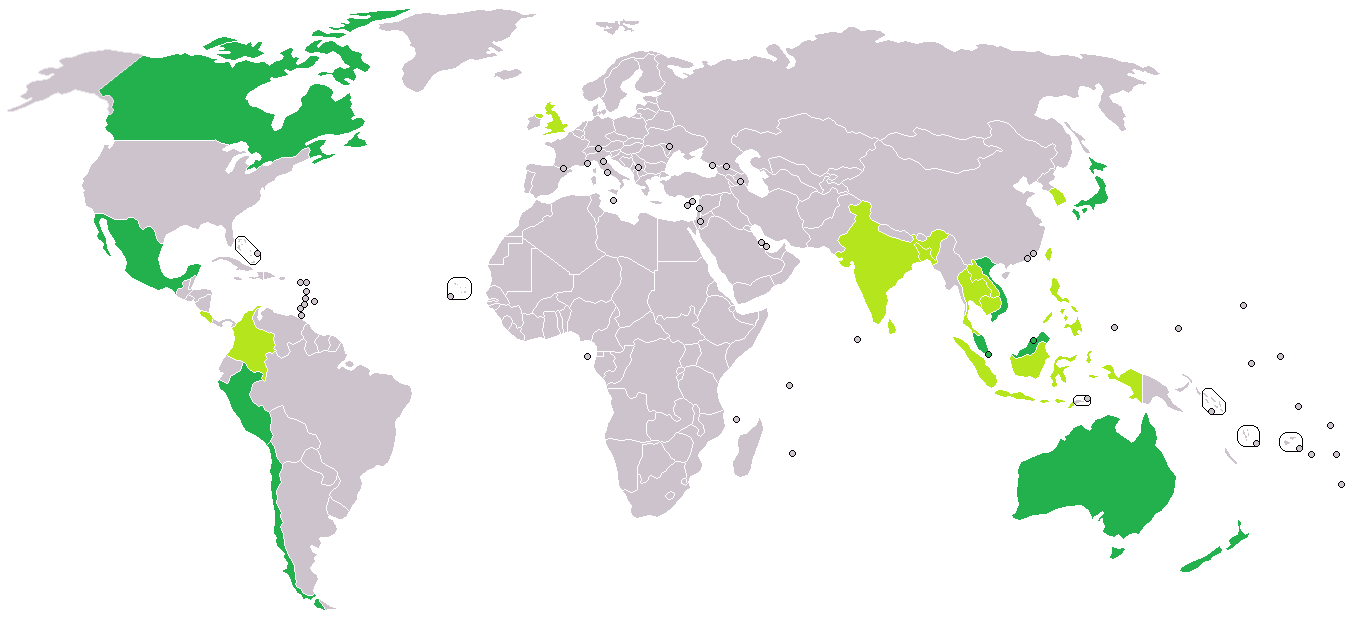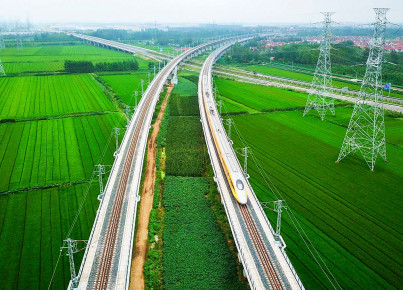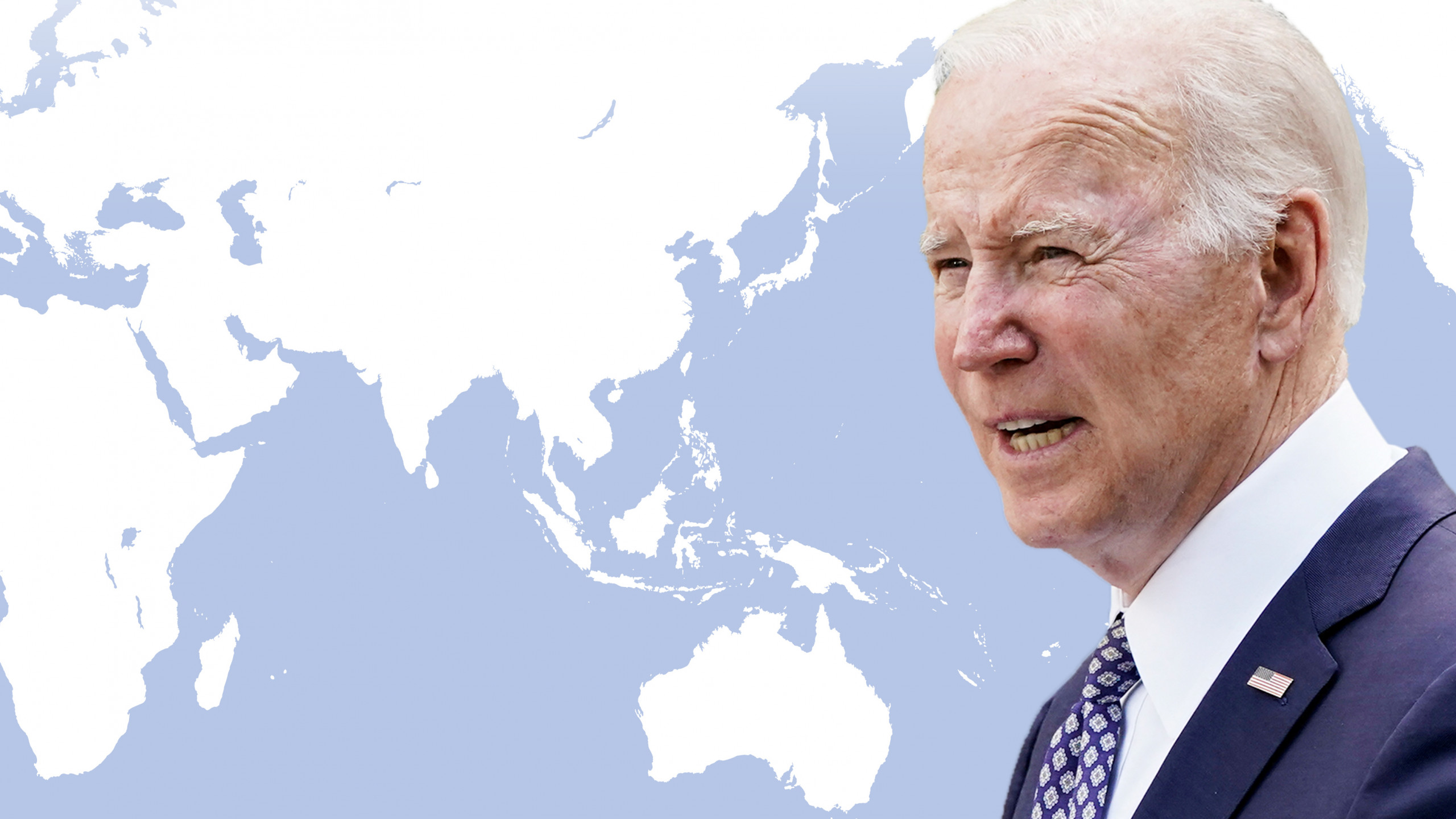By Dmitrii Klementev
It is likely that the interest towards the CPTPP will only increase in the near future. Here is why
The Indo-Pacific represents a tangle of different institutional formats which allow maintaining a fragile balance of power among major geopolitical players in the region. The foundation of this framework was largely laid in the second part of the 20th century. However, at the turn of the century it experienced a rebirth. The end of the Cold War followed by the rapid economic and technological growth of the Asian countries have preconditioned the shift of the center in the world system of international relations (IR) to the Indo-Pacific, for control over which the struggle between the leading powers has already begun.
In 2002, the history of the Trans-Pacific Partnership Agreement (TPP) started with Chile, New Zealand and Singapore signing the Trans-Pacific Strategic Economic Partnership Agreement, which was later joined by Brunei. In 2008, the US decided to adhere to the initiative and use the agreement to contain the Chinese influence in the region. However, in 2017, the Trump administration left the deal that seemed to bring the negotiations on the TPP to a standstill. At that time, the agreement had already 11 members apart from the US and the decision to continue talks were eventually made. Joining the negotiations Japan took the lead.
Finally, in 2018 the remaining countries signed a renewed version of the TPP, the Comprehensive and Progressive Agreement for Trans-Pacific Partnership (CPTPP), which entered into force the same year after being ratified by the six signatory-states. CPTPP covers a wide range of issues, including trade in goods, services, investment, customs checks, labor and environment provisions. Altogether the eleven countries’ economies account for more than 13% of global GDP and 15% of global trade, that makes the agreement comparable to the largest free-trade areas of the world.
Nevertheless, at that point the US was no longer the party to the treaty, even despite the fact that “America is back” has become the leitmotif of the Biden’s administration, which replaced D. Trump in the office in 2021. The absolute majority of experts in the White House were quite skeptical about the prospects of renewing talks with the CPTPP members in the near future. However, if the possibility of rejoining the CPTPP has been frequently questioned by the US officials, the very goal of engaging economically in the Indo-Pacific region through “alternative measures” has always been considered a top priority. The newly adopted Interim National Security Strategy Guidance lists the Indo-Pacific in the first place among the US “vital national interests”.
It is worth mentioning that to date, the United States has been not the only country that paid attention to the CPTPP initiative. On February 1, 2021 the UK expressed its will to join the agreement. This step has become well-enshrined in the logic of the revised system of foreign policy priorities of the United Kingdom, set up after the decision to leave the EU. In March 2021 the British Government presented a new edition of the Integrated Review, which stated explicitly the UK’s goals up until 2030. In particular, the Review emphasized the necessity to “forge new trade deals… adapt to major challenges in the world…, including the growing importance of the Indo-Pacific region”. With regards to the latter point, the British government considered ASEAN and the CPTPP as two key initiatives to focus on. For the UK, potential accession to the CPTPP is assessed unambiguously positively, as it will allow the country to replace the previous free trade frameworks that it possessed as a member of the EU.
Based on the dynamics examined, it is likely that the interest towards the CPTPP will only increase in the near future due to a number of conclusions. First of all, the above analysis demonstrates that the Indo-Pacific countries are capable of making independent foreign policy choices and can be considered as credible partners. Such a circumstance also testifies to a strengthening multipolar order. Second, an increased interest towards the CPTPP will be also explained by the ongoing transition to a new system of IR centered on the Indo-Pacific region. Third, the more important geopolitical dimension of trade tools makes them indispensable for promoting states’ interests in the international arena today. In addition, the spread of such practices gives a hope for the formation of a more or less rules-based order in the future centered on “mega-trade FTAs”, such as CPTPP.






